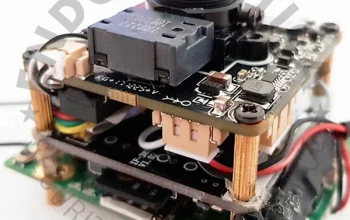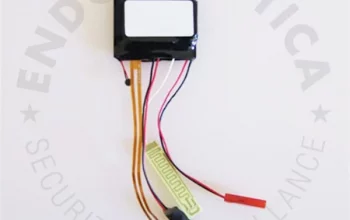Graphene, a two-dimension molecule made up of carbon atoms in hexagonal (honeycomb) layout, obtained by processing graphite in a laboratory, is promising to cause a big change in the field of integrated circuits, and not only.
For example, it was recently discovered that by adding graphene to titanium dioxide while producing electrodes for batteries, the battery performance can be greatly improved, by up to three times in terms of duration and performance. This could be a first step towards reducing costs and environmental footprint of the current Li-ion batteries, as their electrodes are currently produced with rare metals, on which it would be possible to save on extraction costs, and with carbon-based materials with high flammability characteristics.
Titanium dioxide, by itself, does not provide performances that make it a suitable alternative to the titanium oxide that is currently used; therefore, researchers from Pacific Northwest National Laboratory, who are running the research project on alternative materials in battery production, have tried to add graphene, known for its good conductivity characteristics, to see whether titanium dioxide’s performances were showing any sign of improvement.
When comparing conductivity test results, both in charging and in discharging electricity, the results showed that electrodes containing graphene where providing a performance up to three times better than the normal titanium oxide electrodes. For example, a surveillance operation carried out with a Li-ion battery-powered covert listening device might last 3 times longer, with obvious benefits under the point of view of evidence gathering.
So far, these results are valid only on a theoretical point of view, but battery manufacturers have already shown interest in what seems to be a good option to reduce production costs. Let’s just wait and see…


